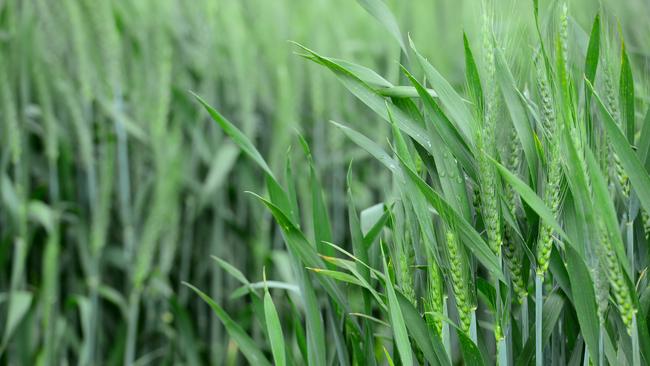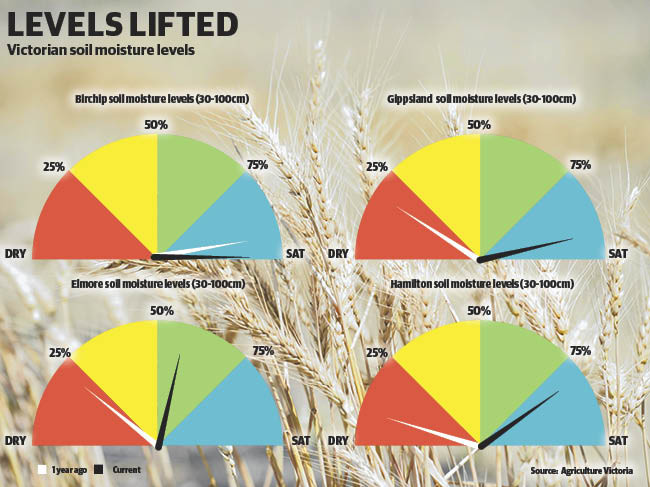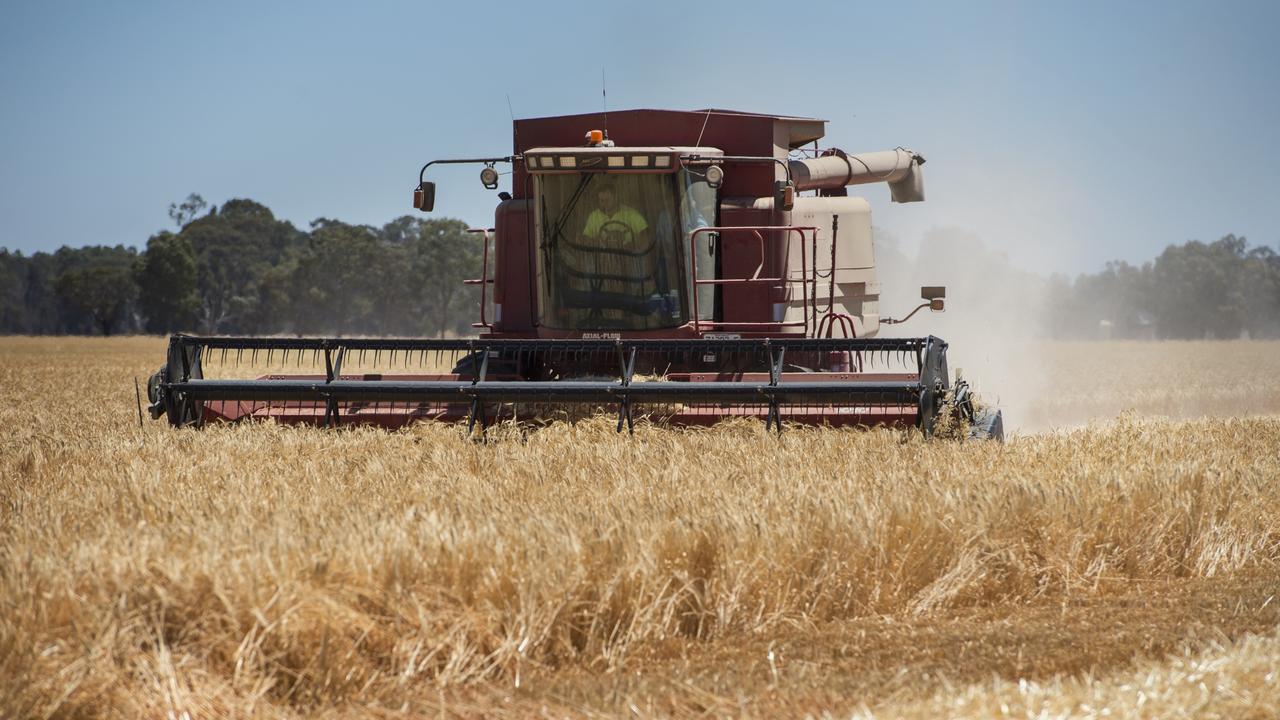Grain growers confident despite sowing disruptions
Most soil moisture profiles across cropping regions in Victoria are much wetter than this time last year.

CONFIDENCE is high for Victorian grain growers as soil moisture levels across the state are in an ideal position for sowing.
However, excessive rain has meant most of the state has had a “disruptive” program.
This month’s Agriculture Victoria soil moisture report found while growers had a disruptive start, sowing had recommenced and most of the Mallee and the Wimmera had been sown and the north-central and North East were 80 per cent complete.
The report found most of Agriculture Victoria’s soil monitoring sites were wetter compared to this time last year.
“Central Victoria was substantially wetter than this time last year, receiving some of the highest rainfall deciles on record last month, allowing for ideal weed control and sowing timing,” Agriculture Victoria seasonal agronomist Dale Boyd said.
“The area received about 25mm of rain over the past few days,” he said.
“For the month, the region received 100mm and rain was unbelievably spaced.”

The report indicated that where April rainfall was decile 9 to 10, sowing was paused due to loss of traction and growers debating how to deal with heavy and wet stubble loads.
But while soil moisture measurements showed improvements on last year’s figures, the Wimmera region’s soil moisture profiles were lower.
“The Wimmera’s deep soil moisture was great last year. This year it is pretty good,” Mr Boyd said.
“The North East is in a similar position. Their soil moisture is good, with good depth, but they still have to enter into winter with wet conditions in low lying areas.”
Soil water capacity in the Wimmera is 5 to 40 per cent in crop on crop rotations, the report said, with some sites coming back from their lowest recorded soil moisture levels in the monitoring period.
MORE: CROPS IN, FINGERS CROSSED
And in southwest Victoria, moisture improvements have been “moderate” in the past three months.
“Traditionally growers in the southwest are still sowing,” Mr Boyd said.
And farmers in the area were “comfortable” with current soil moistures levels, knowing the water logging impacts that wet winters can have on low lying areas, according to the report.


